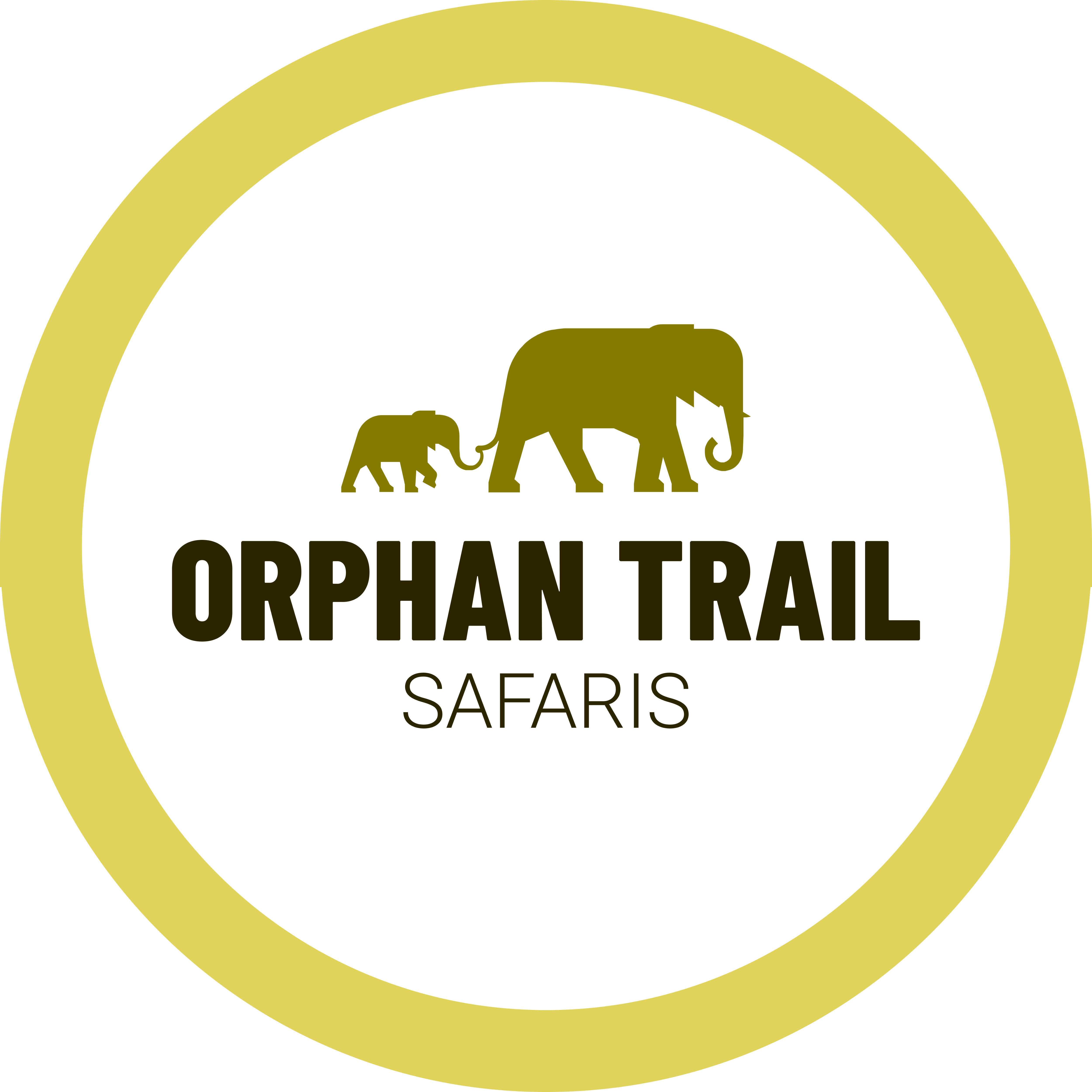Safari is an old Swahili word meaning ‘a journey’ so come on this journey with me, one which I have done many times being a specialist tour director of Orphan Trail Safaris, but I never tire of its magic.
The Park
The Tsavo ecosystem encompasses 16,000 square miles of dramatically changing landscapes; a true wilderness, where there’s no electric light interference. Here you will see one of the longest lava flows in the world being the Yatta Plateau; an extraordinary feature created from a molten phonolite lava flow that extends for some 300km/186m, but is generally only several kilometres wide. Experience walking beside the thundering waters of Luggard falls with its extraordinary layered rock formations and Madanda Rock, towering over a natural dam near the Manyani Gate. Visit the glistening waters of Mzima Springs, a haven for aquatic wildlife, ambling hippos and ferocious crocodiles.
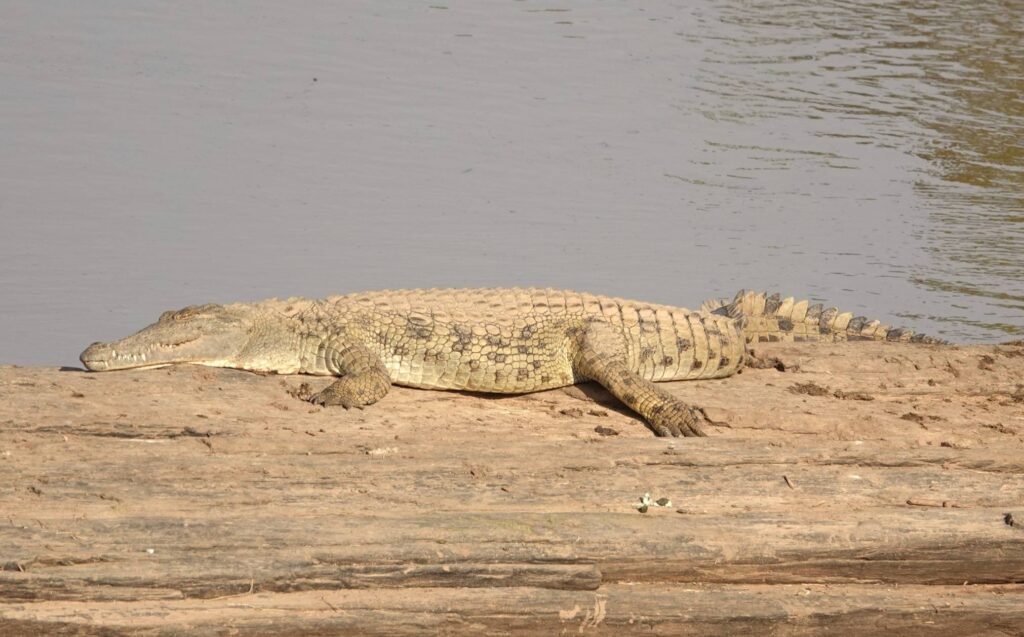
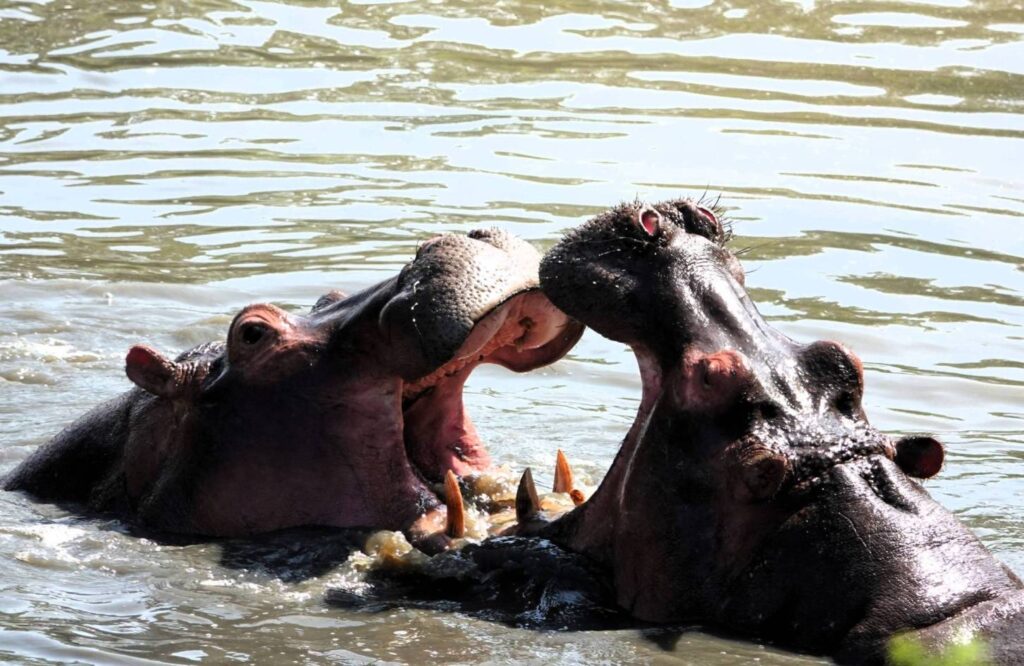
Wildlife in Tsavo East National Park
The first thing you’ll notice is the striking red earth and of course Tsavo is home to the ‘Big Tuskers’ so you’re likely to see the legendary ‘Red Elephants of Tsavo’ parading across the plains and rumbling through the bush.
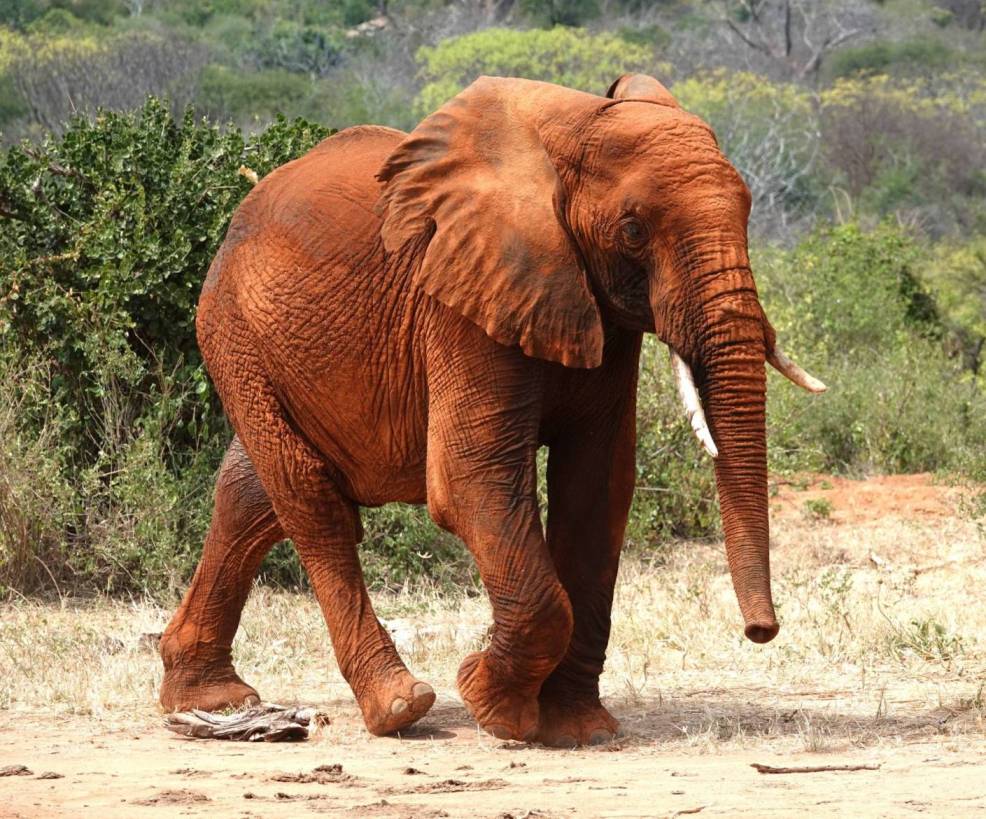
Rhinos are no longer present here but there is plenty of opportunity to see the rest of the ‘big five’. Remember the riveting story of the ‘Tsavo Man-Eaters’? a pair of fearsome male lions that brought intrigue and terror to the Tsavo region in the late 1800s, who were responsible for many Railway Construction workers’ demise. While there are no man-eating lions now, these majestic beasts still rule the realm.
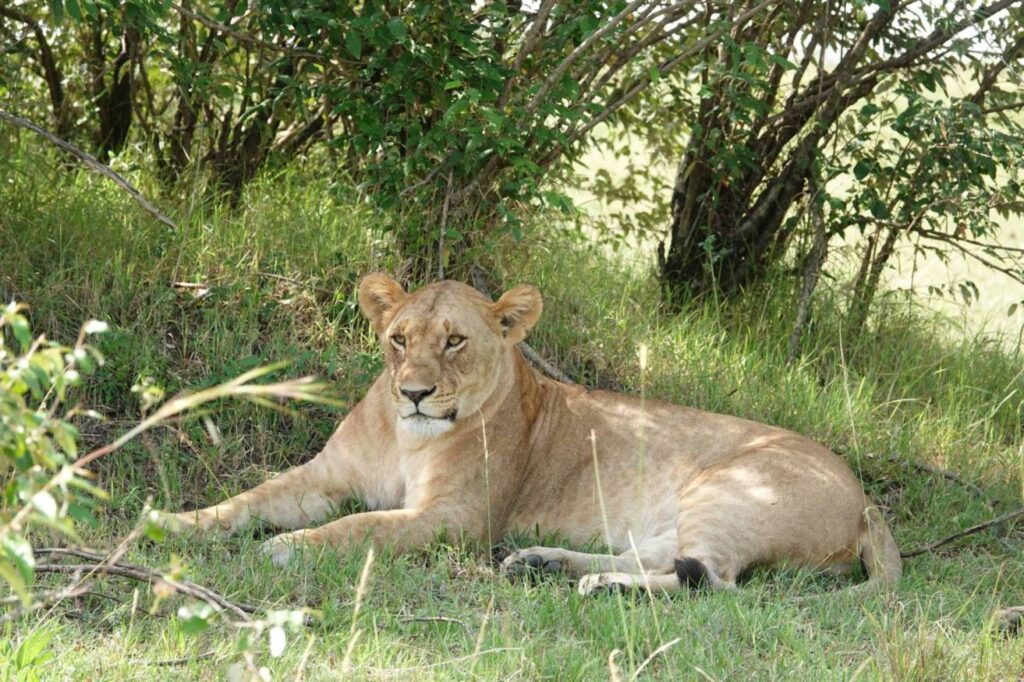
Tsavo East National Park was created in 1948, is the oldest and largest national park in Kenya and among one of the largest in the world. It has two distinct regions separated naturally by the Galana River fringed by Doum Palms; the Northern Territory a wild & remote rugged wilderness of dense bush and large rocky outcrops where wildlife is shy and general tourists are not permitted, and the Southern Territory with its open savannahs stretching as far as the eye can see and where you’re likely to spot a tower of Giraffes plus a few tourist vehicles & safari camps.
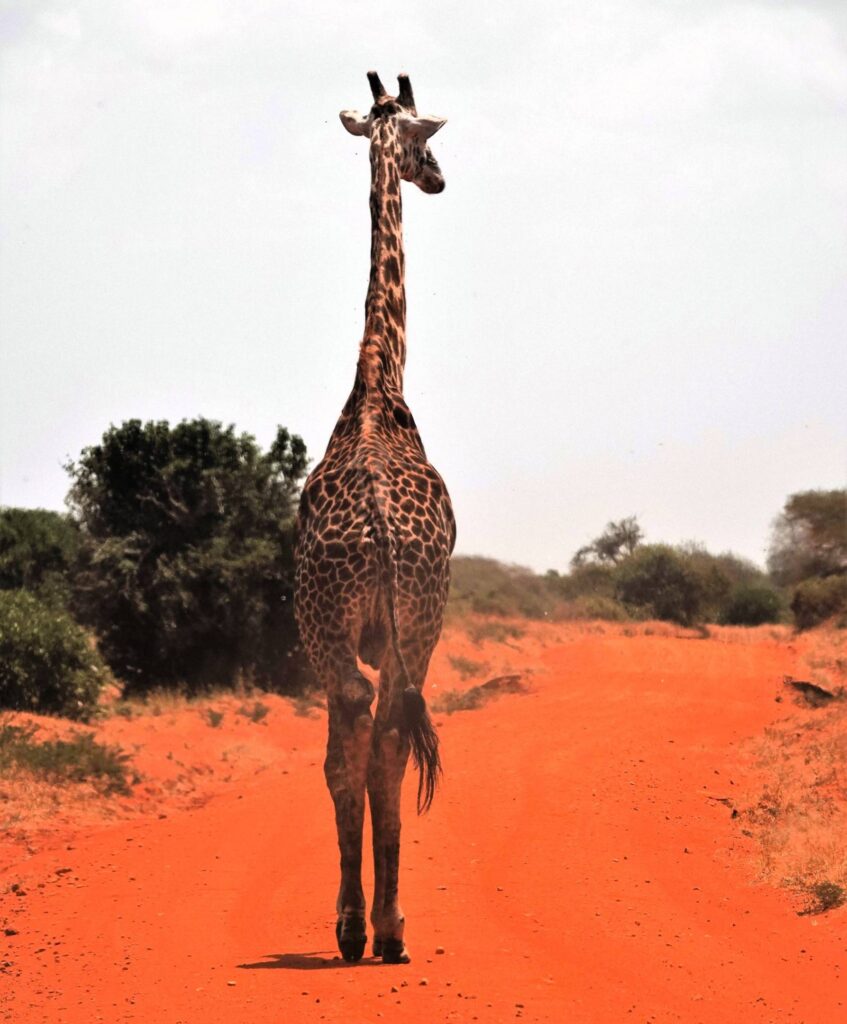
One can enter Tsavo East National Park through 4 gates, being Sala, Voi, Buchuma & Manyani which travellers can use throughout the year, but when we are staying at the Sheldrick Wildlife Trust’s private eco-camps, we enter through Kasala Gate on the northern perimeter with special access permission from the Sheldrick Wildlife Trust, who operate their ‘Orphans Project’ within this Region.
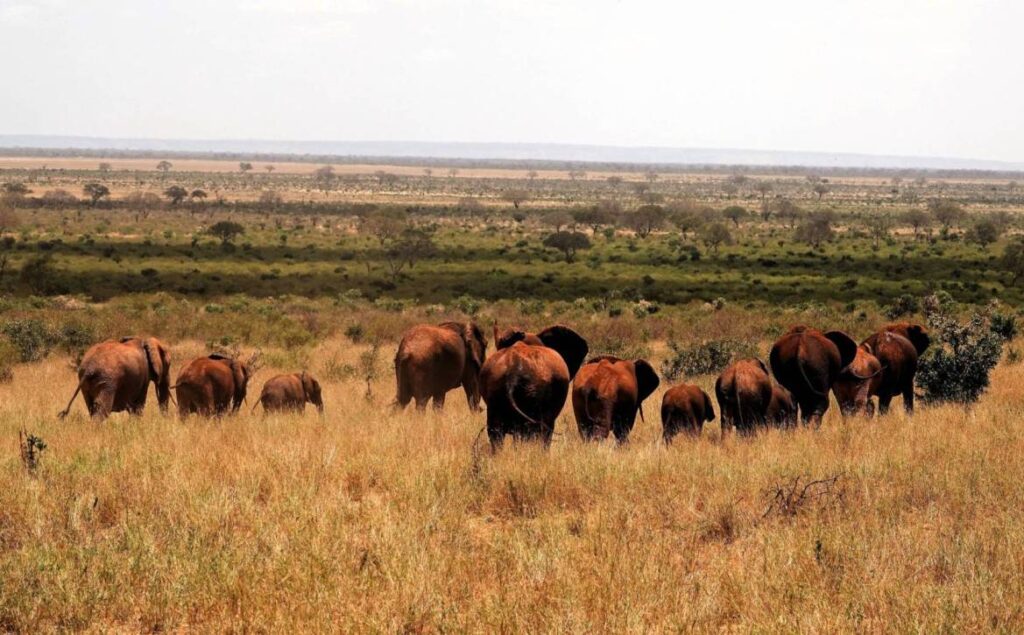
When is the best time to visit Tsavo East National Park?
Your time in Tsavo East National Park promises to be an unforgettable wilderness
experience in Kenya. Wake up to the harmonious chorus of Weaver birds nesting in nearby Acacia trees and relish in some of Africa’s finest wildlife viewing while enjoying the warm temperatures all year round. Daytime temperatures in the Park can range from 27-30 C / 80-86 F depending on your month of travel. The warmest months are January through to March and the coolest months are usually June through to August. I choose to operate my specialised safaris to visit the Sheldrick Wildlife Trust’s Orphan Project during the dry seasons in January/February, June/July and September/October as this is when water is in short supply and animals, particularly wild elephants are sure to be seen at the various waterholes and rivers.
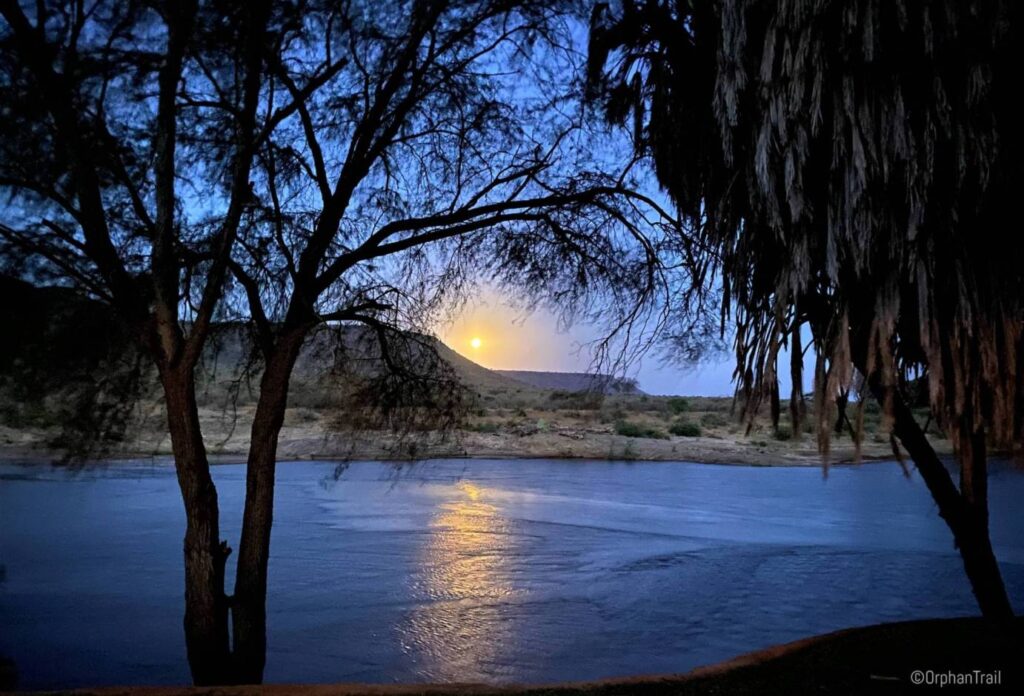
Whenever you decide to visit magical Tsavo, with its spectacular sunrises and flame-red
sunsets, it cannot fail to leave you inspired and simply awestruck by its sheer magnificence.
If you’d like to know what to pack for your trip to Tsavo East National Park, please see my blog ‘What to pack for a safari in Kenya’, here I’ve put together a list of essential items to help you out.
